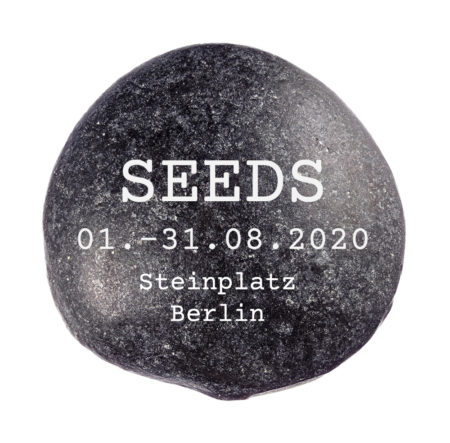- Perennial vegetables: A neglected resource for biodiversity, carbon sequestration, and nutrition. Over 600 perennial veggies on 6% of global vegetable cropland.
- Genomic Evidences Support an Independent History of Grapevine Domestication in the Levant. Separate from what happened in the Caucasus, that is.
- Distribution, prevalence and severity of damages caused by nematodes on yam (Dioscorea rotundata) in Nigeria. A quarter of tubers and half of heaps showed nematode symptoms.
- Maize long-term genetic progress explains current dominance over sorghum in Argentina. Follow the money.
- Phenotypic and physiological responses to salt exposure in Sorghum reveal diversity among domesticated landraces. Salinity tolerance was acquired early but then lost in some geographic regions where it wasn’t needed. See what happens when you invest in a crop?
- Massive haplotypes underlie ecotypic differentiation in sunflowers. It’s the recombination-suppressing inversions, stupid.
- GlobalFungi, a global database of fungal occurrences from high-throughput-sequencing metabarcoding studies. Cool. Do landraces of a crop next.
- The earliest domestic cat on the Silk Road. Coincided with rapid urbanization in the 9th century.
- Native American gene flow into Polynesia predating Easter Island settlement. Yeah, but did Americans go west of their own accord or in Polynesian boats? And did they have sweetpotatoes with them? And cats?
- Genetic markers associated with seed longevity and vitamin E in diverse Aus rice varieties. 5 markers on 4 chromosomes.
- Biogeoinformatics for the management of Farm Animal Genetic Resources (FAnGR). Software for monitoring erosion and detecting locally adapted genotypes. Plus preserve traditional practices.
- Computing on Phenotypic Descriptions for Candidate Gene Discovery and Crop Improvement. Casually talk about a plant in the field –> fancy math –> the plant’s genotype.
- Data synthesis for crop variety evaluation. A review. Focus on ranking. Oh, to mash it up with the above.
- Scenarios for Global Aquaculture and Its Role in Human Nutrition. For aquaculture to contribute to nutrition it needs enabling trade and economic policies. Well I never.
More on making bread Down Under
Do you remember a Nibble from a few weeks back about the bread-making potential of Australian native grasses? If you do, you may have wondered, as we did at the time, what grasses they might be, because “mandadyan nalluk” or “dancing grass” just don’t yield very much additional information on googling.
Well, there’s now a piece in The Conservation that is basically about the same thing, but thankfully links to a scientific name. Or four scientific names, to be exact, for four species in Astrebla, which is a genus that is new to me.
I do love seeing vernacular names in multiple languages being quoted in articles, but I also think they should always be backed-up by a Latin binomial.
And vice versa, of course.
LATER: Wow, The Guardian really likes this stuff. Still no Latin names though.
Seeds: the good, the bad, the ugly
Ah, seeds.
You can’t live without them.

But, as the weird, unsolicited packets that have been sent to numerous recipients in the US (and elsewhere) prove, you can have too much of a good thing.
#APHIS is working closely with @CBP and State Depts of Ag re: unrequested seeds. If received, pls contact State Dept of Ag https://t.co/g0WhR57Wv3 or the #APHIS State Plant Health Office https://t.co/CdHtWghDbC. Keep packaging and do not plant seeds from an unknown origin! pic.twitter.com/LORKeTh4Tc
— USDA APHIS (@USDA_APHIS) July 27, 2020
At least they are fairly diverse.
LATER: Diverse or not, India is on alert.
LATER STILL: Ok, so it’s just a brushing scam? How boring.
Trying tricot
Interested in participatory variety evaluation? Wanna try triadic comparisons of technologies (tricot)? This little thing might help…
https://twitter.com/RManners3/status/1288731146377932800
More background in this paper and others.
Watch out for downloadable copies in multiple languages on the ClimMob website.
Seeds installation in Berlin
Why does crop- and biodiversity disappear?
What is it threatened by?
How can we protect it?
Interested? Let us know here if you go.
